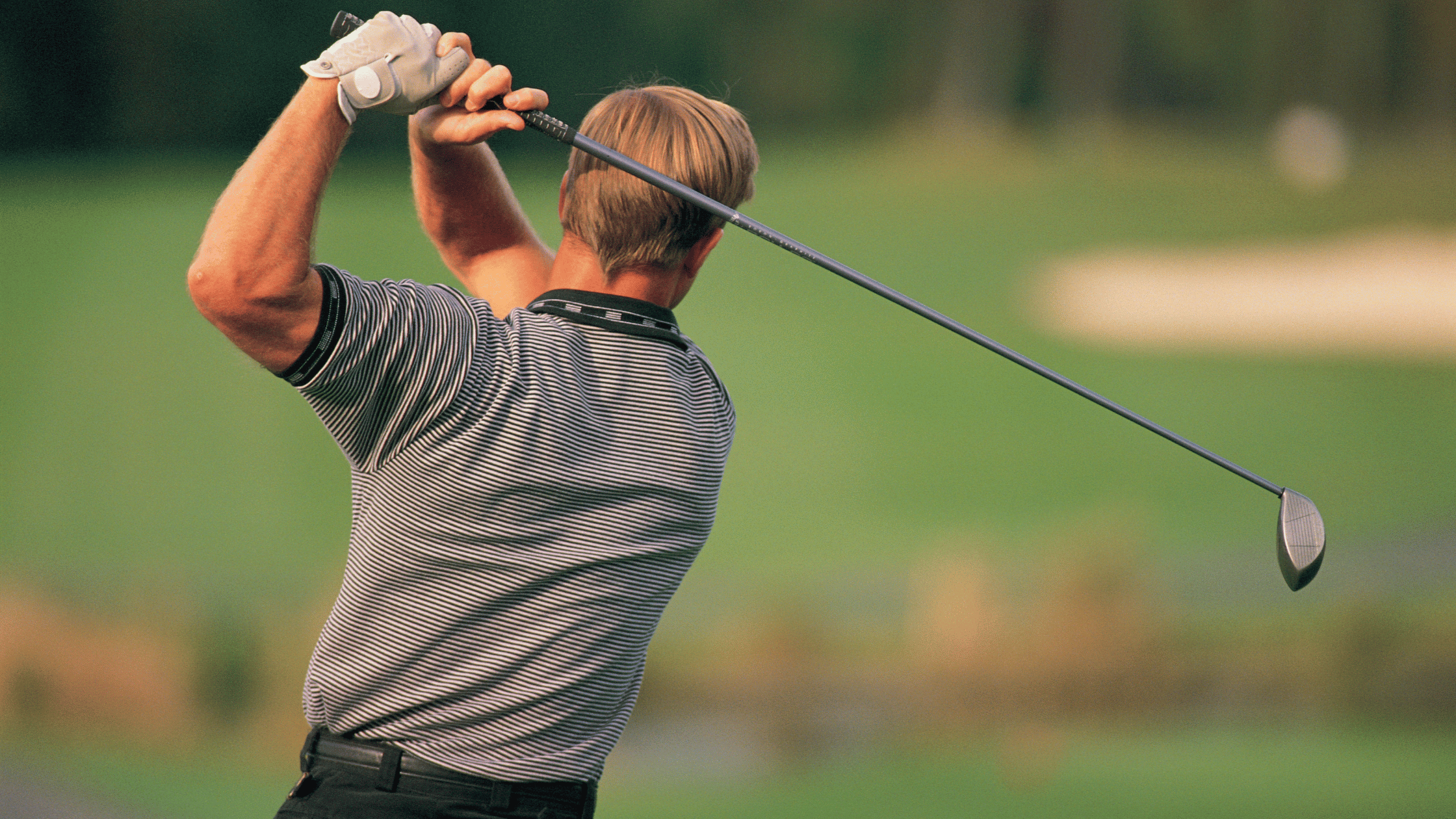Understanding Golfer's Elbow: Causes, Treatment, and the Role of Physical Therapy

Licensed Physical Therapist, PT, DPT // Certified Dry Needling Specialist // TPI Level 1 Certified // BaseU Hitting and Pitching Certified // EW Motion Therapy Homewood
Golfer's elbow, medically known as medial epicondylitis, is a condition that causes pain and inflammation in the tendons that connect the forearm to the elbow. While its name suggests a link to golf, this condition can affect anyone who engages in activities that require repetitive arm, elbow, and wrist movements. We love helping any of our clients at EW Motion Therapy with this condition, especially our golfers, who can work with our golf team to return to playing golf pain-free. But even if you decide that our services don’t fit your needs, you can still read on as we explore the causes and symptoms of golfer's elbow, why it's prevalent among golfers, the various treatment options available, and the significant role physical therapy plays in helping individuals return to their favorite activities pain-free.
What causes golfer's elbow?
Overuse and repetitive motion
The primary cause of golfer's elbow is the overuse of muscles in the forearm that enable you to grip, rotate your arm, and flex your wrist. Repetitive clenching or bending of the wrist and forearm, especially during activities like golf, can lead to micro tearing of the tendons. Over time, these tears contribute to inflammation and pain, hallmark symptoms of golfer's elbow.
Impact of improper technique
In sports like golf, improper swinging techniques or equipment unsuited to one's game can increase the stress on the forearm muscles. This improper technique exacerbates the strain on the tendons and musculature leading to the development of golfer's elbow.
Identifying the symptoms of golfer's elbow
Understanding the symptoms of golfer's elbow is crucial for early intervention. The most common signs include:
- Pain and tenderness: Often felt on the inner side of the elbow, the pain may extend along the inner forearm. Tenderness to the touch is also a common symptom.
- Stiffness: The elbow might feel stiff, and making a fist might be painful.
- Weakness: A general weakness in the hands and wrists.
- Numbness or tingling: These sensations might radiate into one or more fingers, usually the ring and little fingers.
The symptoms are typically more pronounced during certain activities, such as swinging a golf club, shaking hands, or turning a doorknob. Ignoring these symptoms can worsen the pain and limit daily activities.
Why is golfer's elbow common in golfers?
The mechanics of a golf swing
A golf swing is a complex motion that involves the entire body, but it particularly stresses the muscles and tendons of the forearm. The repetitive nature of the swing, especially if done with incorrect form, can result in significant strain on the medial side of the elbow.
The impact of grip and equipment
The grip is an essential aspect of golf. A grip that's too tight or using clubs that are not the right fit can increase the risk of developing golfer's elbow. Golfers often underestimate the importance of equipment tailored to their specific needs, which can lead to preventable injuries.
Available treatment plans for golfer's elbow
The initial step in treating golfer's elbow involves rest and avoiding activities that exacerbate the pain. Applying ice to the affected area can help reduce swelling and alleviate pain. Nonsteroidal anti-inflammatory drugs (NSAIDs) can be effective in managing pain and inflammation. You can use a brace or a splint to reduce strain on the injured tendons and muscles. Medical professionals might consider treatments like corticosteroid injections in persistent cases. However, these are typically last-resort options after conservative treatments like physical therapy have failed.
Physical therapy: a pathway to recovery
Assessment and personalized treatment
Physical therapists play a crucial role in the recovery process. An initial assessment will help tailor a treatment plan that addresses the specific needs of the individual. This plan may include exercises to improve flexibility, strengthen the forearm muscles, and reduce tendon strain. Your therapist may also present dry needling as an option to retrain dysfunctional muscles and reduce tension.
Focus on technique and prevention
For golfers, physical therapists can guide proper swing techniques and recommend equipment changes to prevent recurrence. This focus on technique is not just about healing the existing condition but also about deterring future injuries.
Gradual return to activity
Physical therapy facilitates a gradual return to golf and other activities. The therapist will guide the progression of exercises and activities, ensuring that the return to sport does not aggravate the condition.
Golfer's elbow, while common, is not an inevitable part of playing golf or engaging in repetitive arm activities. Understanding its causes and seeking appropriate treatment can significantly reduce its impact. Physical therapy emerges as a vital component of this treatment, not only addressing the pain and inflammation but also empowering individuals with the knowledge and techniques to prevent future injuries. Whether you're a seasoned golfer, a weekend warrior, or someone who engages in repetitive arm activities, taking proactive steps toward wellness can help you enjoy your passions without the shadow of pain. Pain reduction and injury prevention are two primary goals for all our clients at EW Motion Therapy, and if you’d like to learn more about how physical therapy can help further your golf career, click the button below to download our answers to 20 frequently asked questions.



